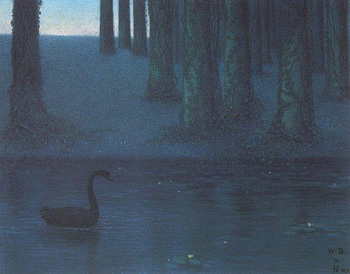“Why are trees such social beings? Why do they share food
with their own species and sometimes even go so far as to nourish their
competitors? The reasons are the same as for human communities: there are
advantages to working together. A tree is not a forest. On its own, a tree
cannot establish a consistent local climate. It is at the mercy of wind and
weather. But together, many trees create an ecosystem that moderates extremes
of heat and cold, stores a great deal of water, and generates a great deal of humidity.
And in this protected environment, trees can live to be very old. To get to
this point, the community must remain intact no matter what. If every tree were
looking out only for itself, then quite a few of them would never reach old
age. Regular fatalities would result in many large gaps in the tree canopy,
which would make it easier for storms to get inside the forest and uproot more
trees. The heat of summer would reach the forest floor and dry it out. Every
tree would suffer.
Every tree, therefore, is
valuable to the community and worth keeping around for as long as possible. And
that is why even sick individuals are supported and nourished until they
recover. Next time, perhaps it will be the other way round, and the supporting
tree might be the one in need of assistance.
[…]
A tree can be only as strong as
the forest that surrounds it.
[…]
Every tree is a member of this community, but there are
different levels of membership. For example, most stumps rot away into humus
and disappear within a couple of hundred years (which is not very long for a
tree). Only a few individuals are kept alive over the centuries… What’s the
difference? Do tree societies have second-class citizens just like human
societies? It seems they do, though the idea of “class” doesn’t quite fit. It
is rather the degree of connection — or maybe even affection — that decides how
helpful a tree’s colleagues will be.
[…]
The average tree grows its branches out until it
encounters the branch tips of a neighboring tree of the same height. It doesn’t
grow any wider because the air and better light in this space are already
taken. However, it heavily reinforces the branches it has extended, so you get
the impression that there’s quite a shoving match going on up there. But a pair
of true friends is careful right from the outset not to grow overly thick
branches in each other’s direction. The trees don’t want to take anything away
from each other, and so they develop sturdy branches only at the outer edges of
their crowns, that is to say, only in the direction of “non-friends.” Such
partners are often so tightly connected at the roots that sometimes they even
die together.”
